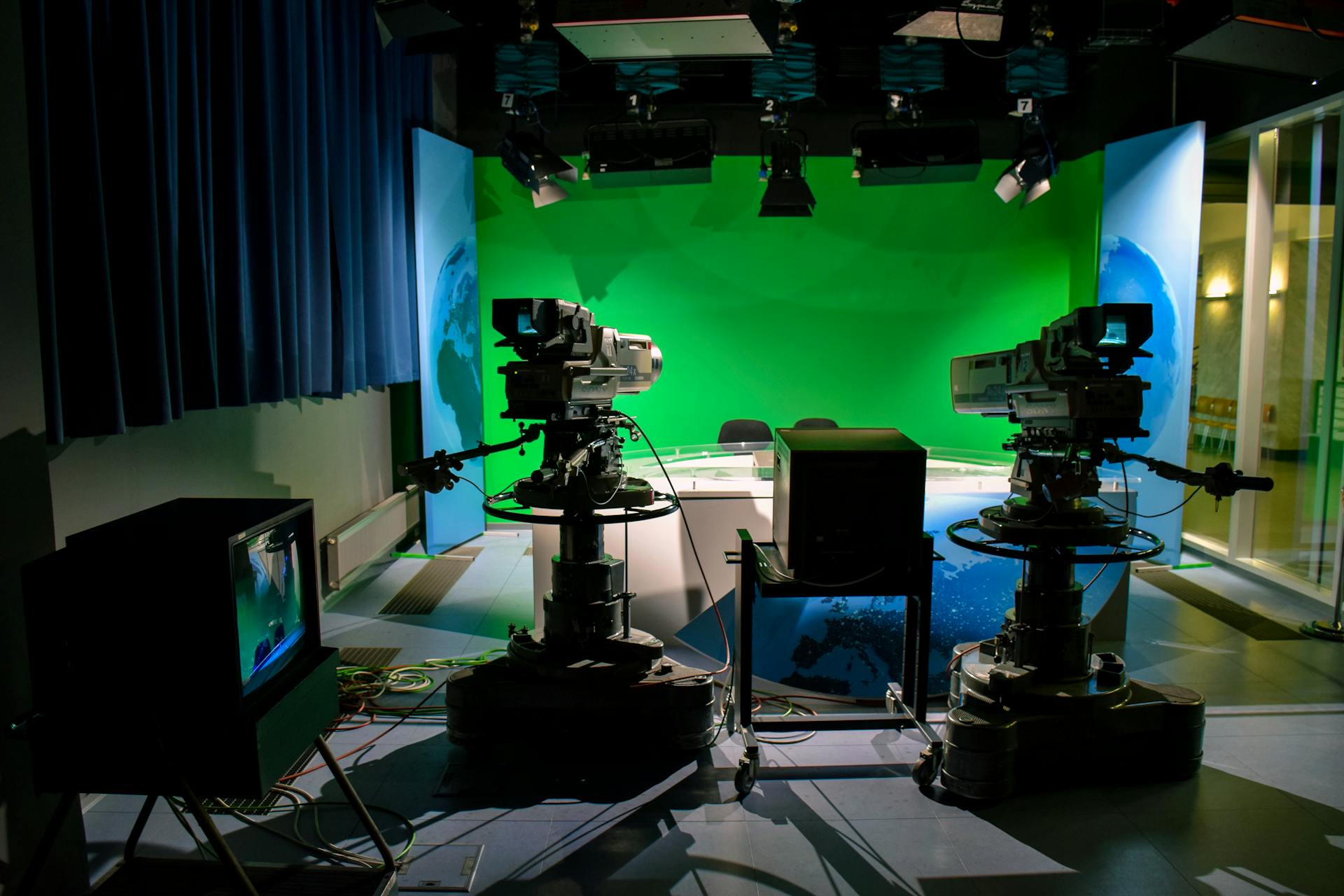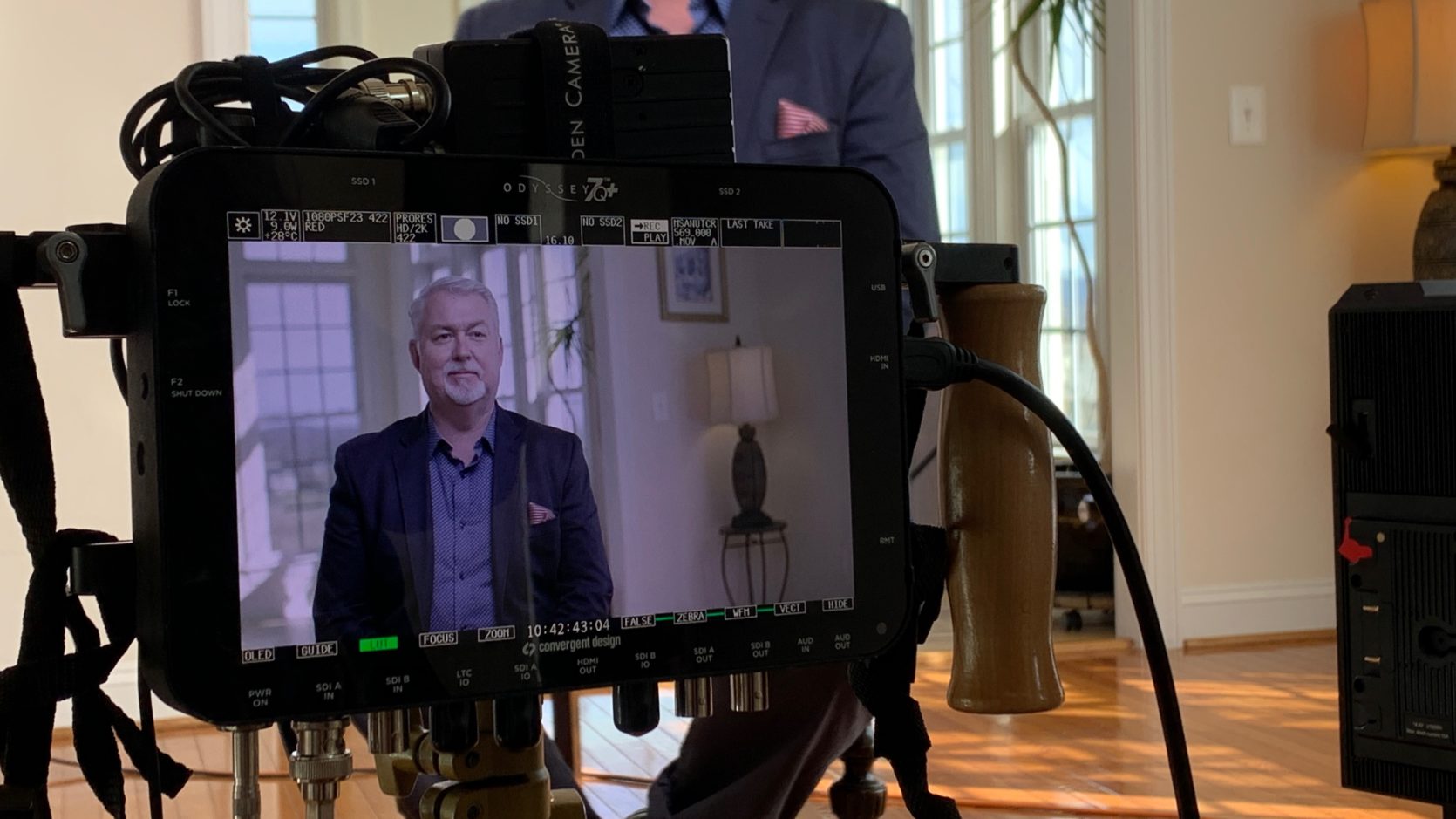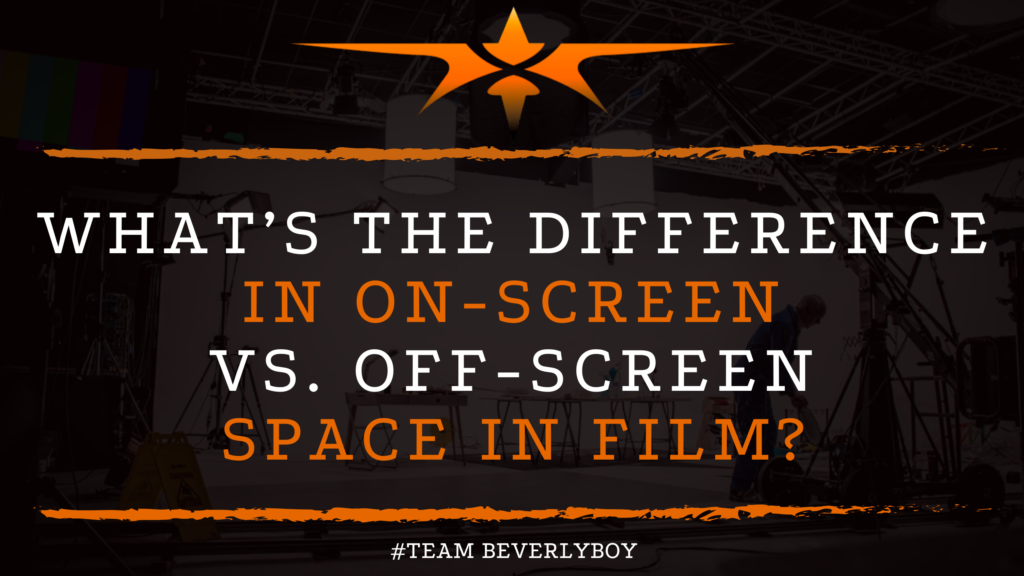What’s the Difference in Onscreen vs. Off-screen Space in Film?
In filmmaking, much of what is occurring within a scene can be covered by the visuals that are taking place within the frame. However, there is a difference in what occurs on-screen vs. off-screen. Figuring out how onscreen vs. off-screen space in film can be recognized and what each of these means is important for any aspiring filmmaker to fully understand. But what is meant when we refer to onscreen vs. off-screen space?

In the simplest form, onscreen vs. off-screen space would be a matter of what is happening within the frame or what is happening outside the frame.
Thus, onscreen space is what we can see taking place on the screen and off-screen space is what we cannot see. However, there’s more to onscreen vs. off-screen space in film.
WHAT IS ONSCREEN SPACE IN FILM?
Onscreen space in film is all of the space that can be visually seen within the frame. Essentially, it’s the area that is physically present and viewable by the audience.
For example, the onscreen space is the location in which the character is present and may include the props and elements of the scene in which the character is set. The audience is aware of the visual elements of the scene which are all considered part of the onscreen space in the film.
WHAT IS OFF-SCREEN SPACE IN FILM?
Off-screen space in film represents the space which is not physically present within the frame but which the audience is aware of. Whenever off-screen space is used in a film, there are elements outside the frame that the character interacts with.
Such that the audience recognizes that it exists. For example, a character might respond to another person or character off-screen. Or they could be interacting with an event off-screen.
Consider a scene in which a character is visually in a room alone. However, the character is speaking to another person and talking about net steps for an event or practice.
The audience does not see this other character. But they are aware that there is someone else in the room with the character. Based on the off-screen space and the comments made by the character onscreen.
HOW VIEWER’S BECOME AWARE OF OFF-SCREEN SPACE IN FILM
Characters become aware of off-screen space in a film in a variety of ways. The viewer may become aware of something occurring outside the frame through another character’s response. Or as a result of another character interacting in a particular manner.
It’s also possible for viewers to become aware of off-screen space through a particular event or thing that a character or element on the screen engages with.
When it comes to onscreen vs. off-screen space in film, it’s important to note that there is only one type of onscreen space which is the space that is visible within the frame of the camera and can actually be seen by the audience on the screen.
Likewise, when it comes to off-screen space in film there are actually six different off-screen zones.
6 ZONES OF OFF-SCREEN SPACE IN FILM

When it comes to off-screen space in film there are actually six different zones of off-screen space. In comparing onscreen space vs. off-screen space in film it is very common for various off-screen space zones to be incorporated into the storytelling of the film.
THE SIX ZONES OF OFF-SCREEN SPACE IN FILM INCLUDE:
- Space on the left side of the frame.
- The space on the right side of the frame.
- Space below the frame.
- The space above the frame.
- Space behind the film set.
- The space behind the camera.
The use of off-screen space in film allows the Director to create a sense of surprise or suspense. In fact, a variety of effects can be produced through the use of off-screen space.
Think of the off-screen space as an extension of the frame beyond the edges that are within the viewable area of the screen for the audience.
ONSCREEN SPACE VS. OFF-SCREEN SPACE IN FILM: WHICH IS MORE IMPORTANT?
Throughout history, the use of off-screen space in film has long been a means of delivering key details about a story or fictional event in a way that the audience can connect with.
The implied actions that take place off-screen are often just as important as those which are taking place simultaneously onscreen.
While the audience may initially believe that what is taking place onscreen is most important, it becomes evident quite quickly that what is occurring off-screen is also quite important to the story.
PUSHING THE NARRATIVE
Filmmakers use off-screen space as a stylistic device that allows the narrative to push forward. While circumventing certain technical or financial constraints relative to production. For example, it is common for an implied event to take place in the off-screen space.
For example, you might see a character onscreen, but off-screen an explosion might occur. This is certainly not to downplay the explosion.
But it could have been a means of reducing the financial impact. Or burden of producing a scene that actually would have shown the explosion visually within the frame.
The Takeaway
Onscreen vs. off-screen space in film is quite commonly used to increase the dramatic elements of a scene and to heighten the audience’s awareness of forces outside the frame in horror films.
Again, in films of this nature the use of off-screen space can create powerful impacts and emotional connections with the audience while limiting the financial investment or technological investments required for the production.
As you can see, when it comes to onscreen vs. off-screen space in film, both are incredibly important to the storytelling process and can be used together to create a powerful connection among the audience.
When onscreen space is paired with various off-screen elements, the Director is able to produce an engaging and interesting story that really draws the audience in without requiring costly special effects, elaborate sets, or other needs.


